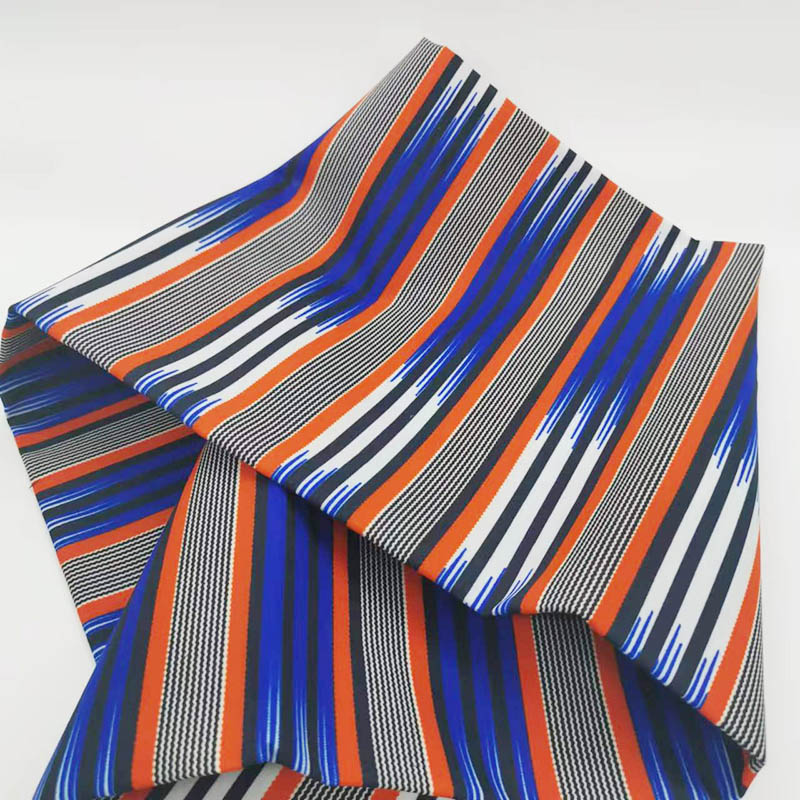

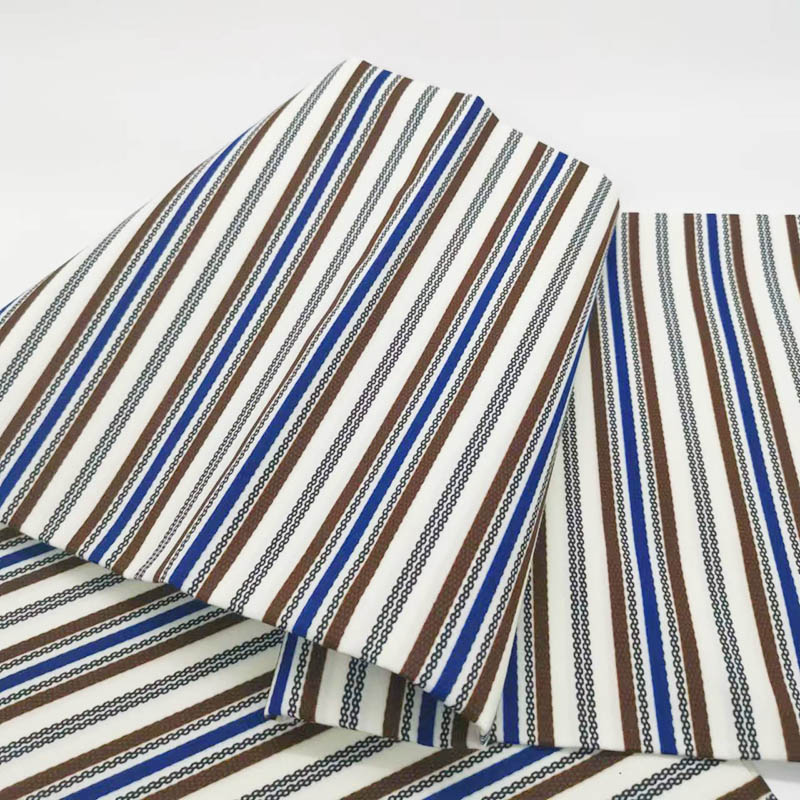
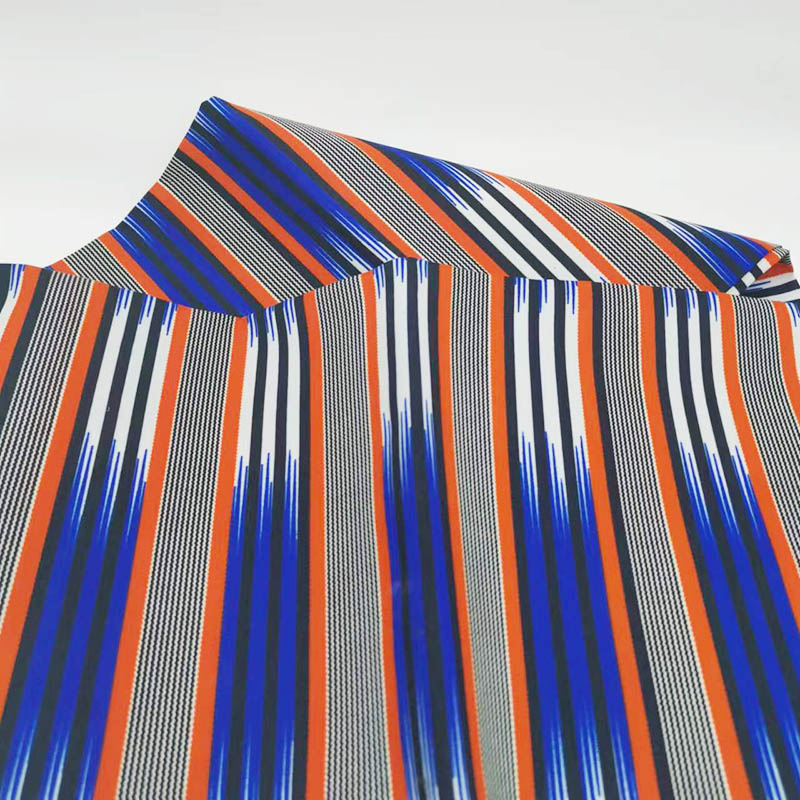
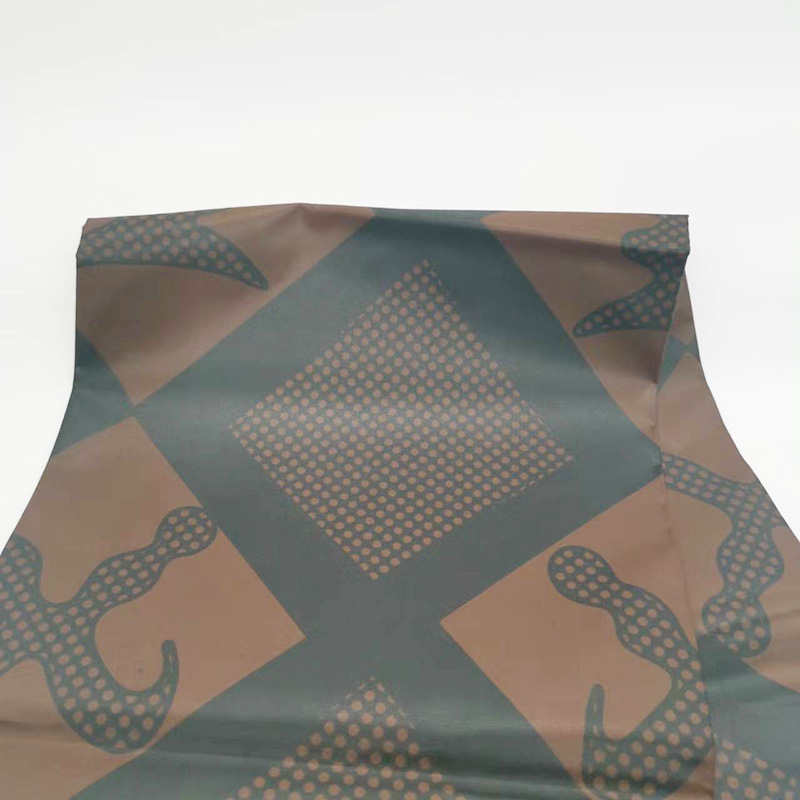
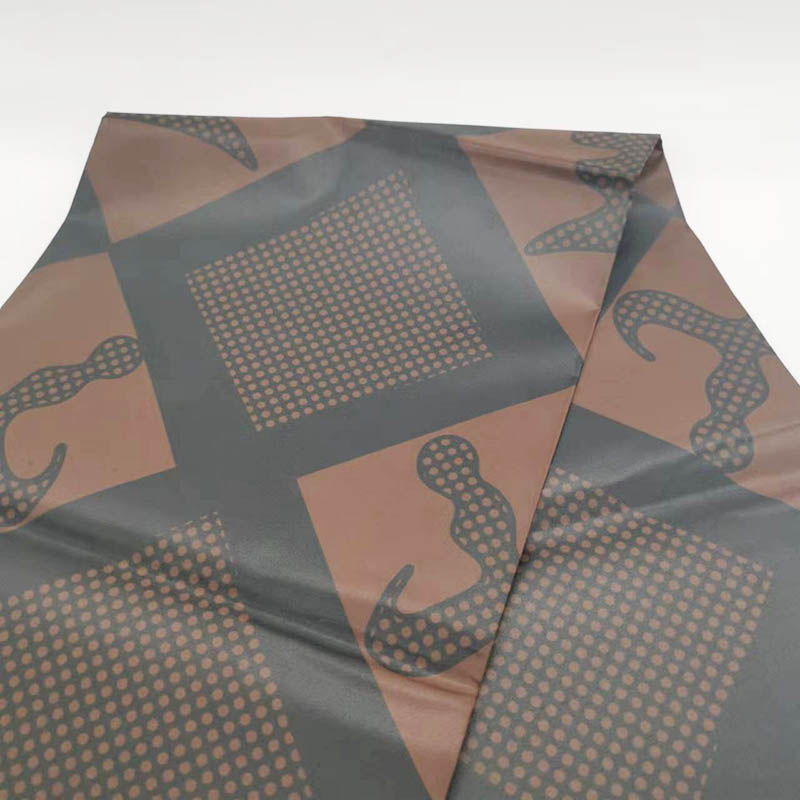
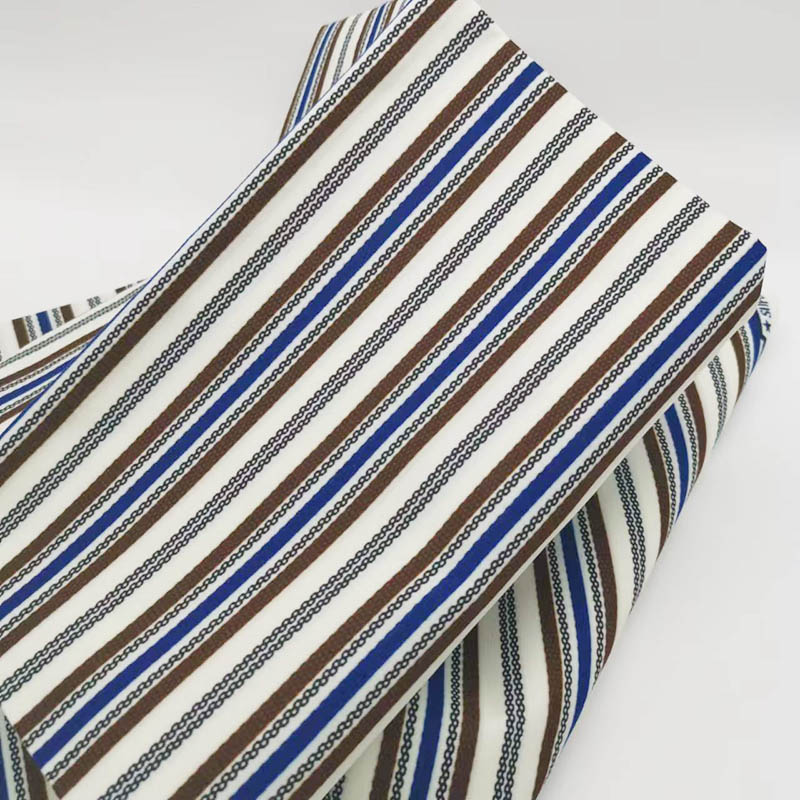
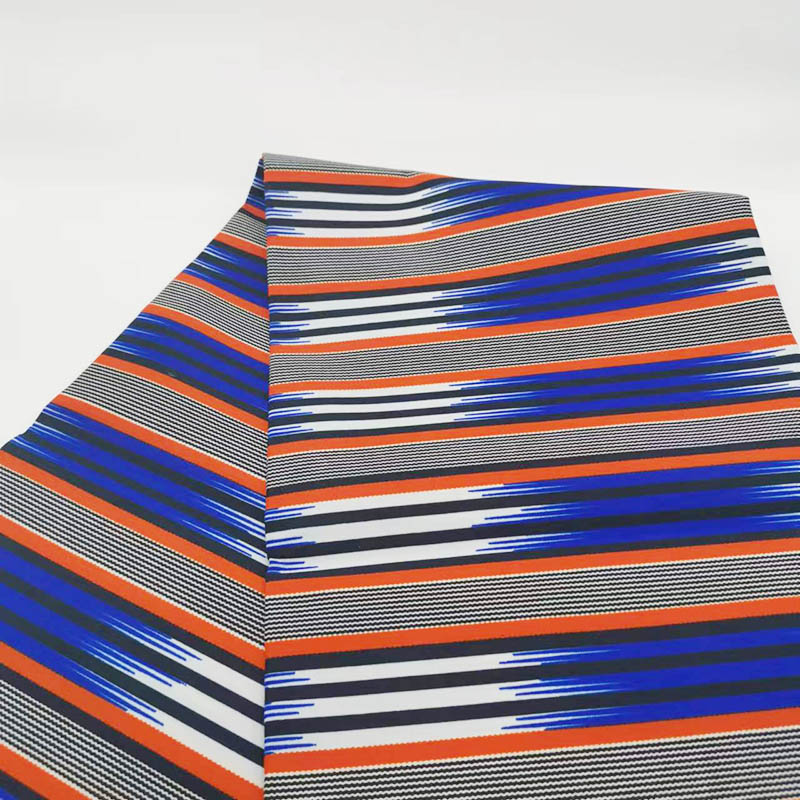
Wax Dyed Cloth
Batik is an ancient anti dyeing process, named after the use of beeswax as an anti dyeing agent. It has a history of more than 2000 years. The patterns of batik products are colorful. Batik patterns are mainly flowers, trees and geometric figures, with some insects, fish, birds and beasts.
In addition to exquisite patterns, wax will cool and crack the fabric, and pigments will penetrate into the cracks to obtain patterns of various colors, which are commonly called "ice patterns". The same pattern can be made into wax printing to obtain different "ice patterns".
Therefore, "ice pattern" is also a major feature of wax printing technology, and "ice pattern" is known as the "soul" of wax printing. Wax dyed fabrics are generally made of white cloth woven by the folk, but there are also white cloth, cotton cloth and poplin woven.
Anti dye agent is mainly yellow wax (i.e. beeswax), sometimes mixed with white wax. Beeswax is the secretion of wax glands in the abdomen of bees. It is insoluble in water, but will melt when heated.
It uses this property as an anti dye for wax printing. At present, wax dyed cloth is very popular in Africa. We combine these classic flower shapes with African culture, and then match them with the colors loved by Africans, so that wax dyed cloth can become the carrier of African culture, the epitome of history and folk customs.
Product Features:
Wear resistantGood water absorption, elastic and elastic recovery
Product Parameters:
No fixed parameters can be customizedApplication and After-Sales Service:
Bed sheets and quilt covers replacement or compensationSpare parts, technological process, energy consumption, production line configuration, etc.:
12 years of experience (factory direct sales)